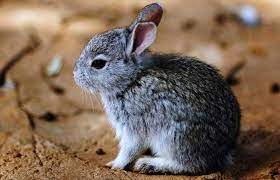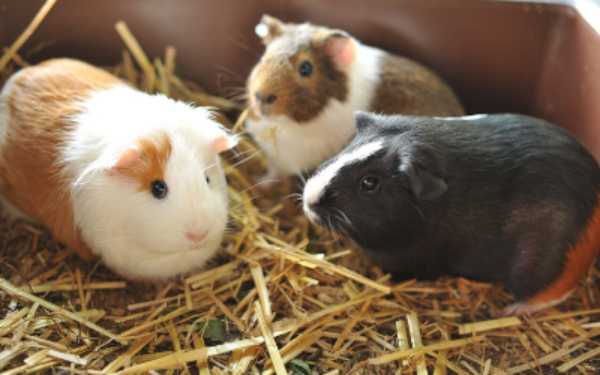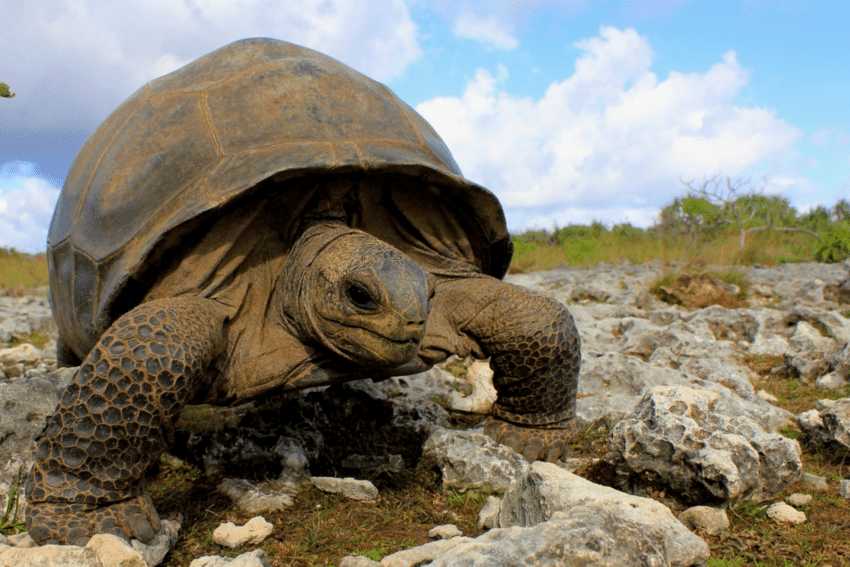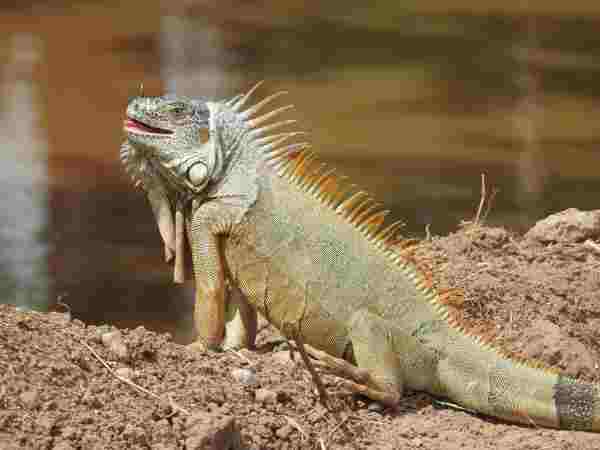Kale, often celebrated as a superfood among health-conscious humans, is not only a favorite on our plates but also finds its way into the diets of various animals across the animal kingdom. Beyond being a nutritional powerhouse for us, kale provides an array of essential vitamins, minerals, and fiber to creatures both big and small.
Table of Contents
While we may picture carnivores feasting on meat, there’s a surprising variety of herbivorous and omnivorous animals that happily munch on this leafy green delight. From our primate relatives to insects, and even marine creatures, kale has managed to become a dietary staple for many.
In this article, we’ll delve into the fascinating world of animals that often eat Kale, exploring their reasons for consuming this cruciferous vegetable and the benefits it offers to their health and survival. Prepare to be amazed by the diverse array of kale enthusiasts that roam our planet.
Kale: A Nutrient-Rich Superfood

Kale hailed as a nutrient-packed superfood in the human diet, is celebrated for its exceptional nutritional profile. Bursting with vitamins A, C, K, and various B vitamins, along with minerals like calcium, iron, and potassium, this leafy green is a powerhouse of antioxidants and dietary fiber. It offers an array of health benefits, including bolstering the immune system, promoting bone health, and supporting digestion. Its low-calorie content and high nutrient density make it an ideal addition to a healthy diet.
Animals and Their Dietary Patterns
The dietary patterns of animals across the globe vary widely based on their species, habitats, and evolutionary adaptations. Nature has crafted a delicate balance where herbivores predominantly consume plant-based diets, carnivores feed on other animals, and omnivores exhibit a mix of both. This diversity in dietary preferences is vital for maintaining ecosystems and ensuring the survival of each species within them.
Rabbits:

Rabbits, known for their herbivorous diets, are fond of various leafy greens, and kale is no exception. While grass hay should constitute the majority of a rabbit’s diet, kale can be a nutritious addition in moderation. Kale offers essential vitamins and minerals, including vitamin A, vitamin K, calcium, and folate.
However, excessive consumption of kale can lead to health issues due to its calcium and oxalate content, so it’s essential to provide a balanced diet. A variety of vegetables should be offered to ensure a diverse nutrient intake. Rabbits enjoy the taste and texture of kale leaves, making it a popular choice among rabbit owners as a treat or occasional dietary component.
Guinea Pigs:

Guinea pigs, cherished as gentle and sociable pets, benefit from a diet rich in fresh vegetables, and kale is one of the options they relish. This leafy green is packed with vital nutrients like vitamin C, vitamin K, and fiber, which are essential for a guinea pig’s well-being.
However, the calcium content in kale is a concern, so it should be fed in moderation to prevent potential urinary issues. A varied diet including hay, pellets, and an assortment of vegetables is crucial for their health. Guinea pigs happily munch on kale, enjoying the crunch and flavor it adds to their diet, making it a nutritious and enjoyable component of their meals.
Tortoises:

Tortoises, the herbivorous reptiles that thrive on a diet primarily consisting of leafy greens and vegetables, can benefit from kale as part of their nutritional intake. Kale provides essential vitamins and minerals such as calcium, potassium, and vitamin A, contributing to the overall health of the tortoise.
However, it’s essential to offer kale in moderation due to its calcium levels, which can lead to health issues if overconsumed. A diverse diet that includes various leafy greens is ideal for providing a wide array of nutrients to meet the tortoise’s dietary needs. Tortoises may graze on kale leaves, appreciating the natural flavors and textures it brings to their diet, making it a suitable choice when incorporated sensibly.
Iguanas:

Iguanas, popular reptile pets known for their herbivorous diet, can consume kale as part of their vegetable intake. Kale offers a range of essential nutrients, including calcium, potassium, vitamin A, and vitamin K, which are beneficial for the iguana’s health.
However, it’s crucial to ensure a diverse diet and not rely solely on kale, as an excessive amount of kale can be detrimental due to its calcium content. A well-rounded diet that includes a variety of vegetables and occasional fruits is essential to meet their nutritional requirements. Iguanas may enjoy munching on kale leaves, adding diversity to their diet and providing a different taste and texture compared to other greens, contributing to their overall dietary enrichment.
Snails:

Snails, fascinating creatures that often feed on plant matter, may consume kale leaves if provided. Kale can be a part of a varied diet for snails, offering them some nutritional value.
However, it’s important to note that snails should have access to a variety of plant materials to meet their dietary needs adequately. While kale is not a typical part of their natural diet, it can be a supplementary food source for them. Providing a mix of vegetables and ensuring a suitable environment for foraging will contribute to the health and well-being of pet snails, allowing them to graze and consume a diverse range of plant material for their nourishment.
Chickens:

Chickens, commonly raised for their eggs and meat, can consume kale if offered. While kale is not a primary staple in their diet, it can be given as a treat or part of a diverse range of kitchen scraps. Chickens benefit from a balanced diet that includes grains, seeds, insects, and various vegetables.
Kale, rich in vitamins and minerals, can be a nutritious addition to their overall dietary intake. However, it should be given in moderation and not replace their main feed. Chickens may peck at kale leaves, enjoying the taste and adding some nutritional value to their diet, contributing to their overall health and egg production when incorporated sensibly.
Goats:

Goats, known for their diverse dietary preferences, may consume kale leaves as part of their forage. While goats typically prefer woody plants and grasses, they can also enjoy leafy greens like kale. Kale can provide additional nutrients, including vitamins A, C, and K, as well as calcium and fiber, contributing to their diet’s richness.
However, it’s essential to offer kale in moderation and alongside their primary forage. A well-rounded diet that includes a variety of forage options is crucial for maintaining the health and productivity of goats. Goats may nibble on kale leaves, appreciating the different taste and texture it offers compared to their usual forage, making it a suitable addition when provided thoughtfully.
Kale in Animal Diets: Pros
- Nutritional Value: Kale is rich in essential vitamins (A, C, K), minerals (calcium, iron), and fiber, offering a nutrient-dense addition to an animal’s diet.
- Antioxidant Properties: The antioxidants in kale can benefit an animal’s immune system, protecting against oxidative stress and supporting overall health.
- Digestibility: Kale can be easily digested by many herbivorous animals due to its fibrous but tender nature, aiding in efficient nutrient absorption.
Kale in Animal Diets: Cons
- Oxalates: Kale contains oxalates, which can bind with calcium and potentially lead to the formation of kidney stones or other health issues in some animals.
- Goitrogens: Kale contains compounds known as goitrogens that can interfere with thyroid function if consumed in large quantities, affecting the animal’s metabolic health.
- Moderation is Key: Feeding kale in excess can upset the delicate dietary balance of animals, potentially causing gastrointestinal issues or nutrient imbalances. It should be given in moderation and as part of a varied diet.
Ethical Considerations and Responsible Feeding: Points
- Animal Welfare: Prioritize the well-being of animals by considering their natural dietary patterns and nutritional needs when introducing kale or any food into their diet.
- Sustainability: Evaluate the sustainability of sourcing kale for animal consumption, ensuring it doesn’t deplete resources needed for other crucial aspects of the ecosystem.
- Consultation: Seek advice from veterinarians or animal nutritionists to ensure that incorporating kale aligns with the specific dietary requirements of the animal, promoting responsible and informed feeding practices.
Final Words
Incorporating kale into animal diets unveils the intricacies of nutritional choices across different species. Understanding the benefits and drawbacks of kale consumption for animals allows us to make informed decisions regarding their care and welfare.
Balancing nutritional advantages with ethical considerations paves the way for responsible feeding practices, promoting the health and happiness of the animals that share our planet. It’s a testament to the adaptability and versatility of this leafy green that it finds a place not only on our plates but also in the diets of various members of the animal kingdom.
Reference:
- https://www.whatdosquirrelseat.org/
- https://www.mspca.org/angell_services/human-foods-to-avoid-feeding-to-your-dog
- https://nationalzoo.si.edu/animals/black-howler-monkey
A motivated philosophy graduate and student of wildlife conservation with a deep interest in human-wildlife relationships, including wildlife communication, environmental education, and conservation anthropology. Offers strong interpersonal, research, writing, and creativity skills.










